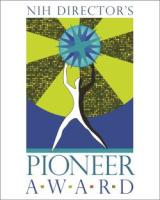2020 Awardees
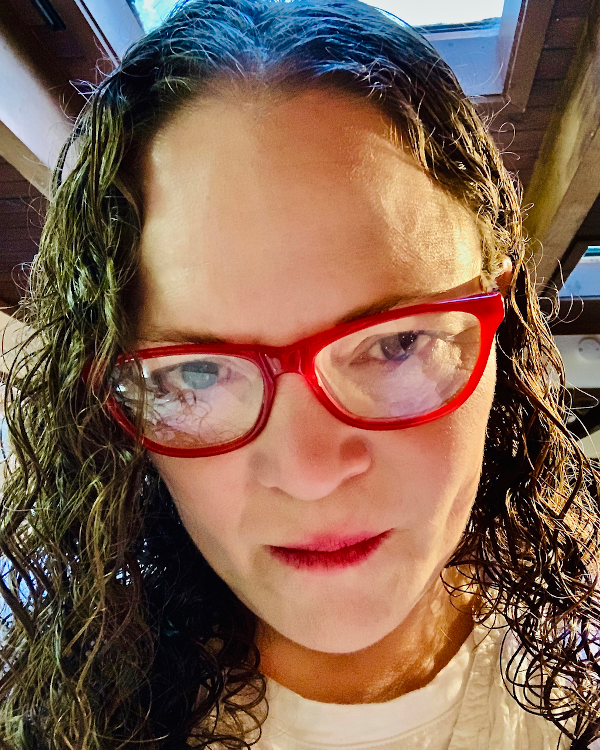
Annelise E. Barron, Ph.D.
Stanford University, Schools of Medicine and of Engineering
Project Title: Role of Innate Immune Dysregulation in the Etiology of Dementia
Grant ID: DP1-AG072438
Annelise E. Barron is the W.M. Keck Associate Professor of Bioengineering at Stanford University. The broad theme of the Barron lab is the study and biomimicry of natural host defense peptides (antimicrobial peptides). We study the molecular biophysics and mechanisms of LL-37—a centrally important human host defense peptide—and its involvement in Alzheimer's dementia (via LL-37 dysregulation and degradation by pathogen virulence factors). Alzheimer's dementia can be caused by (or at least, accompanied by) cerebral infections, a phenomenon now receiving renewed attention given recent discoveries. We are also working to develop biostable peptoid mimics of LL-37 as therapeutics that can combat antibiotic-resistant infections. Finally, we are working to mimic lung surfactant proteins that facilitate the delivery of therapeutics to the lungs, treat bacterial and viral pneumonia, or prevent or treat ventilator-associated acute lung injury.
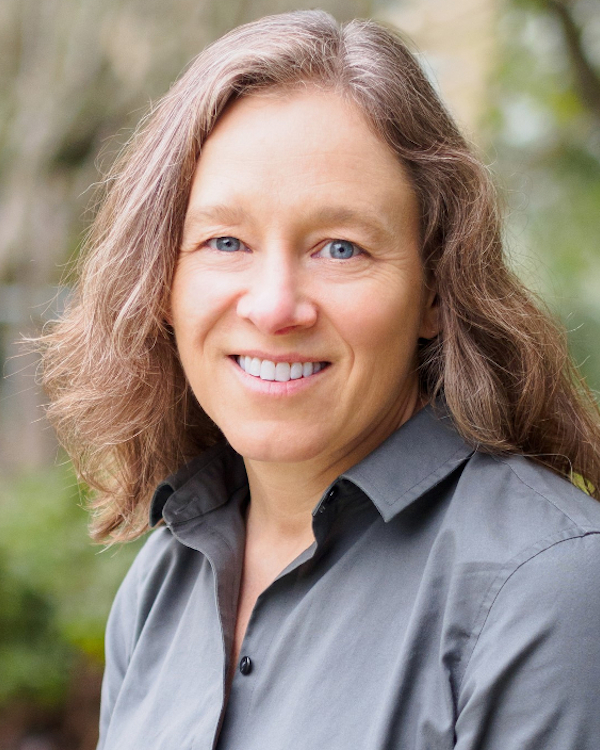
Kathleen Collins, Ph.D.
University of California at Berkeley
Project Title: Human Genetic Supplementation Without Donor DNA or a DNA Break
Grant ID: DP1-HL156819
Kathleen Collins earned a B.S./M.S. in Molecular Biophysics & Biochemistry from Yale and a Ph.D. from MIT before postdoctoral research at Cold Spring Harbor Laboratory. She joined the Berkeley faculty in 1995 and is how Head of the Division of Biochemistry, Biophysics & Structural Biology in the MCB Department, as well as the Walter and Ruth Schubert Family Chair. Her laboratory has broad interests related to nucleic acid dynamics, with a focus on studies of non-coding RNA processing, RNP biogenesis, and the biology, biochemistry, and structure of RNA-templated polymerases including reverse transcriptases.

Christopher D. Harvey, Ph.D.
Harvard Medical School
Project Title: Toward Mechanistic Cognitive Neuroscience: Cell Types, Connectivity, and Patterned Perturbations
Grant ID: DP1-MH125776
Christopher Harvey is an Associate Professor in the Department of Neurobiology at Harvard Medical School. Dr. Harvey received undergraduate training in biomedical engineering at Vanderbilt University, did his Ph.D. thesis with Dr. Karel Svoboda at Cold Spring Harbor Laboratory and Janelia Research Campus, and was a postdoctoral fellow with Dr. David Tank at Princeton University. The Harvey lab seeks to understand how the mammalian brain performs the computations that underlie cognitive functions, including decision-making, short-term memory, and spatial navigation, at the level of the fundamental building blocks of the nervous system, cell types and neural populations organized into circuits. Dr. Harvey’s work has developed methods to measure, manipulate, and analyze neural circuits across spatial and temporal scales, including technology for virtual reality, optical imaging, optogenetics, intracellular electrophysiology, molecular sensors, and computational modeling. His work has been recognized by multiple awards, including most recently the Society for Neuroscience Young Investigator Award.
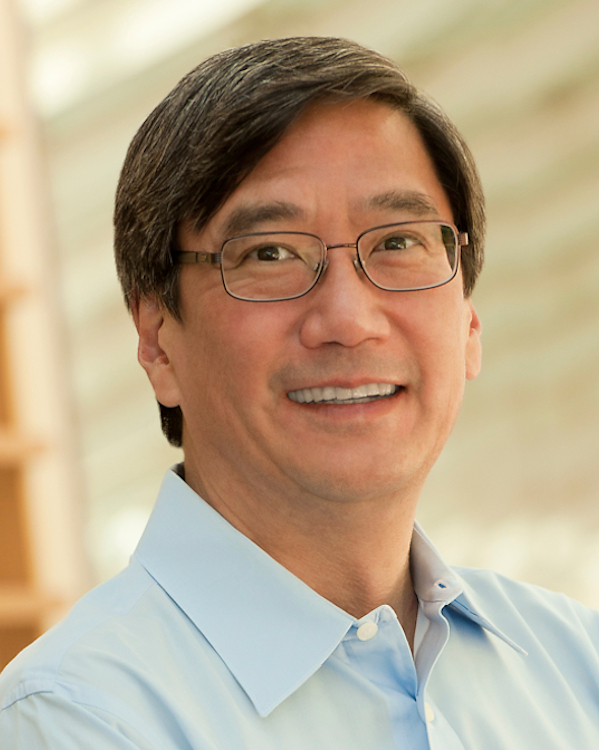
Peter S. Kim, Ph.D.
Stanford University
Project Title: Creating High-Resolution, Epitope-Focused Vaccines
Grant ID: DP1-AI158125
Peter S. Kim is the Virginia & D.K. Ludwig Professor of Biochemistry at Stanford University School of Medicine, Institute Scholar of Stanford ChEM-H, and Lead Investigator of the Infectious Disease Initiative at the Chan Zuckerberg Biohub. He was President of Merck Research Laboratories from 2003 to 2013 and during his tenure he oversaw the development of more than 20 new medicines and vaccines including JANUVIA, the first DPP-4 inhibitor for type 2 diabetes; GARDASIL, the first vaccine for prevention of cervical cancer; ISENTRESS, the first HIV integrase inhibitor; ZOSTAVAX, the first vaccine for the prevention of shingles; and KEYTRUDA, the first FDA-approved PD-1 immune checkpoint inhibitor for the treatment of cancer. Earlier, he was Professor of Biology at MIT, Member of the Whitehead Institute and an HHMI Investigator, where he discovered a salient component of how proteins cause viral membranes to fuse with cells, designed novel compounds to stop membrane fusion by HIV-1, and pioneered efforts to develop an AIDS vaccine based on similar principles. He received an undergraduate degree in Chemistry from Cornell University where he performed research with George P. Hess, a Ph.D. from Stanford University where he carried out research with Robert L. Baldwin, and was a Whitehead Fellow at the Whitehead Institute for Biomedical Research. He is a member of the National Academy of Sciences, National Academy of Medicine and National Academy of Engineering.
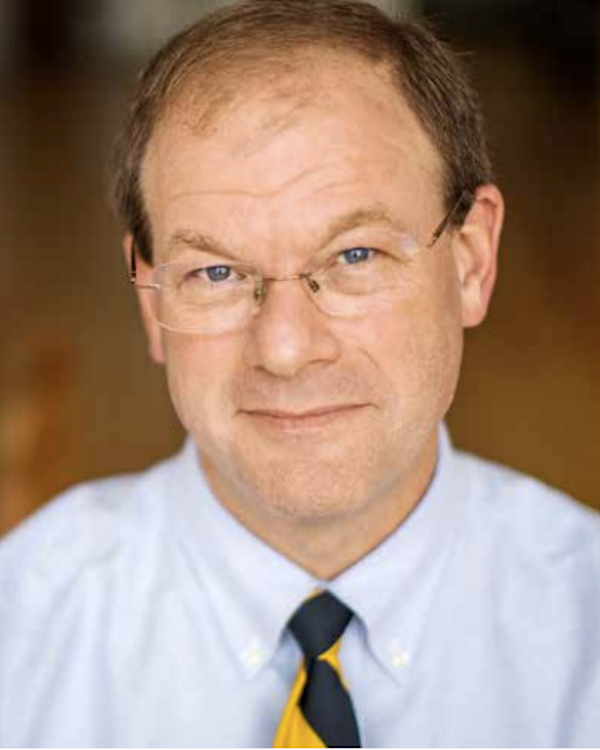
Brian Litt, M.D.
University of Pennsylvania
Project Title: Ghost in the Machine: Melding Brain, Computer and Behavior
Grant ID: DP1-NS122038
Brian Litt is Professor of Neurology, Neurosurgery and Bioengineering at the University of Pennsylvania, devoting the past 27 years to developing new technologies to diagnose and treat patients with brain disorders, particularly epilepsy. Trained in Engineering at Harvard and Medicine at Johns Hopkins, he divides his time equally between clinical duties as a Neurologist and research as an Engineer, leading: the Penn Epilepsy Center at the University’s Perelman School of Medicine, Penn Engineering’s Center for Neuroengineering and Therapeutics, and a new cross campus medical technology initiative called Penn Health-Tech. Dr. Litt’s research focuses on NeuroEngineering: specifically, hardware, materials, algorithms, machine learning, and high-speed computing for new neuro technologies. His work includes demonstrating that focal seizures are generated in a predictable cascade of electrophysiological events in brain, algorithms for the first implantable responsive device to treat epilepsy, cloud-based platforms for neuro-data sharing, high frequency and network biomarkers of epileptic brain, flexible, high-resolution implantable devices, and training a generation of clinician-engineers in the neurosciences, most recently through an NIH-funded T32 entitled “Neuroengineering and Medicine.”

Shu-Bing Qian, Ph.D.
Cornell University
Project Title: A Genetic Circuit Formed by Ribosomes
Grant ID: DP1-GM14210
Shu-Bing Qian is a biochemist at Cornell University where he is the James Jamison Professor of Molecular Nutrition. He received his PhD degree in biochemistry from Shanghai Jiaotong University School of Medicine in China and conducted postdoctoral studies at National Institute of Allergy and Infectious Disease and the University of North Carolina at Chapel Hill. At Cornell, Dr. Qian discovered stress-induced ribosome pausing and his laboratory was one of the first to profile initiating ribosomes on a transcriptome-wide scale from cells in culture to tissues in vivo. In addition to translational control of gene expression, Dr. Qian’s research interests include RNA modification, degradation, and quality control in both cytosol and nucleus. Dr. Qian was a recipient of 2009 NIH Director’s New Innovator Award and is a faculty scholar at Howard Hughes Medical Institute.
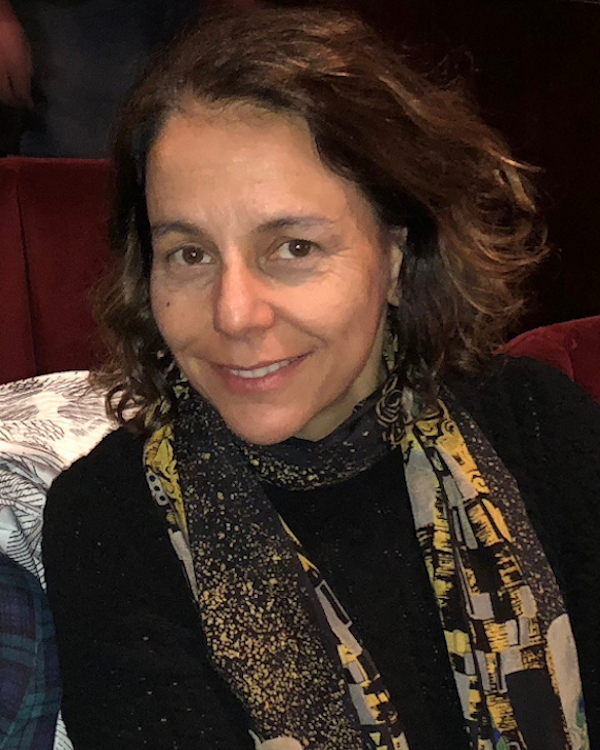
Susan M. Rosenberg, Ph.D.
Baylor College of Medicine
Project Title: Harnessing Proteins as Drugs: The Protectome of Cancer- and Aging-Prevention Proteins
Grant ID: DP1-AG072751
Funded by the National Institute on Aging
Dr. Rosenberg is the Ben F Love Chair in Cancer Research and Professor in the Department of Molecular and Human Genetics, and founded and leads the Mechanisms in Cancer Evolution Program in the Dan L Duncan Comprehensive Cancer Center. She received a PhD in molecular biology at the University of Oregon working with Frank Stahl. Her lab studies molecular mechanisms that promote genome stability and instability, and their impacts on evolution, infectious disease, and cancer, using genetic, physical, synthetic and functional systems-biological approaches in the model organism, Escherichia coli, then translating to human cells and genomes. Rosenberg founded the Gordon Research Conference on Molecular Mechanisms in Evolution, has received an NIH Director’s Pioneer Award previously (2009), a WM Keck Foundation Award, the Biosphere and Humanity Medal (Russian Academy of Medicine), the Eli Lily William Rawls Prize, the Young Scientist Award of the Genetics Society of Canada, and two Michael E DeBakey MD Awards for Excellence in Research. Dr. Rosenberg is a fellow (elected) of the American Academy of Microbiology, a fellow (elected) of the American Association for the Advancement of Science, for which she has also served in various elected and appointed positions, and served on the Senior Editorial Board of SCIENCE.
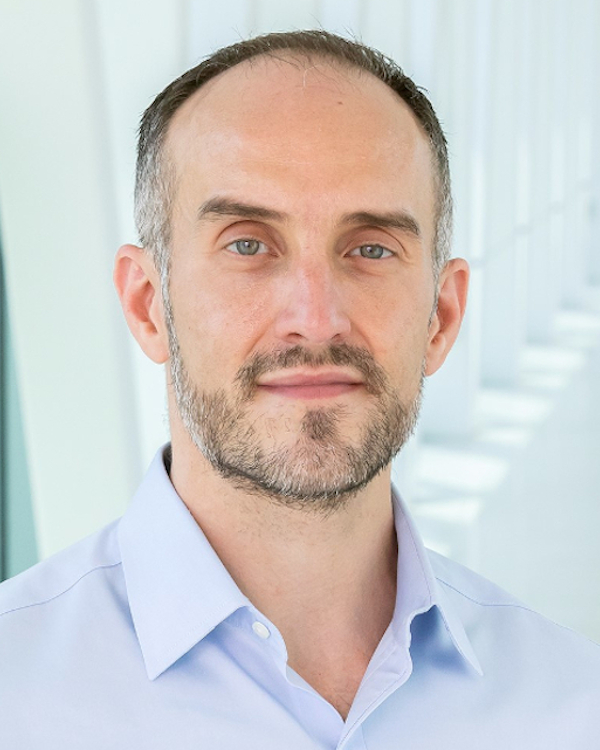
John Schoggins, Ph.D.
University of Texas Southwestern Medical Center
Project Title: A Functional Evolutionary Genetic Approach to Combat Viral Infection
Grant ID: DP1-AI158124
John Schoggins is an Associate Professor in the Department of Microbiology at University of Texas Southwestern Medical School. He received his PhD studying virus-host interactions with Erik Falck-Pedersen at Weill Cornell Medical School, and performed postdoctoral studies in innate immunity with Charlie Rice at The Rockefeller University. Dr. Schoggins is interested in understanding at the biochemical, cellular, and organismal level how the mammalian immune response controls endemic, epidemic, and even pandemic viruses through both evolutionarily conserved and divergent pathways. His work has been supported by an NIH Director's Pioneer Award, The Rita Allen Foundation Milton E. Cassel Scholar award, an Investigator in the Pathogenesis of Infectious Disease award from the Burroughs Wellcome Fund, an Innovation Award from The American Lung Association, and awards from The Clayton Foundation and The Welch Foundation. [Twitter: @jschoggins ; website: https://www.utsouthwestern.edu/labs/schoggins/]

David Veesler, Ph.D.
University of Washington School of Medicine
Project Title: Unraveling the Bat Humoral Immune Response Against Zoonotic Viruses to Guide the Design of Next-Generation Therapeutics
Grant ID: DP1-AI158186
David Veesler is an Associate Professor of Biochemistry and co-director of the Arnold and Mabel Beckman CryoEM Center at the University of Washington School of Medicine. He studies pathogen entry into cells and the associated host immune response using structural, biophysical and immunology approaches. He obtained the first atomic-level description of a coronavirus spike glycoprotein and isolated and characterized human neutralizing antibodies against SARS-CoV, MERS-CoV, Epstein-Barr virus and Nipah virus. His lab demonstrated that ACE2 is a functional receptor for SARS-CoV-2, determined structures of its spike glycoprotein to guide vaccines and inhibitors design, and characterized a potent human antibody neutralizing SARS-CoV-2 and SARS-CoV currently evaluated in clinical trials. His work was recognized by a Pew Scholars in Biomedical Science Award, a Burroughs Wellcome Fund Investigator in the Pathogenesis of Infectious Diseases Award and an Amgen Young Investigator Award.
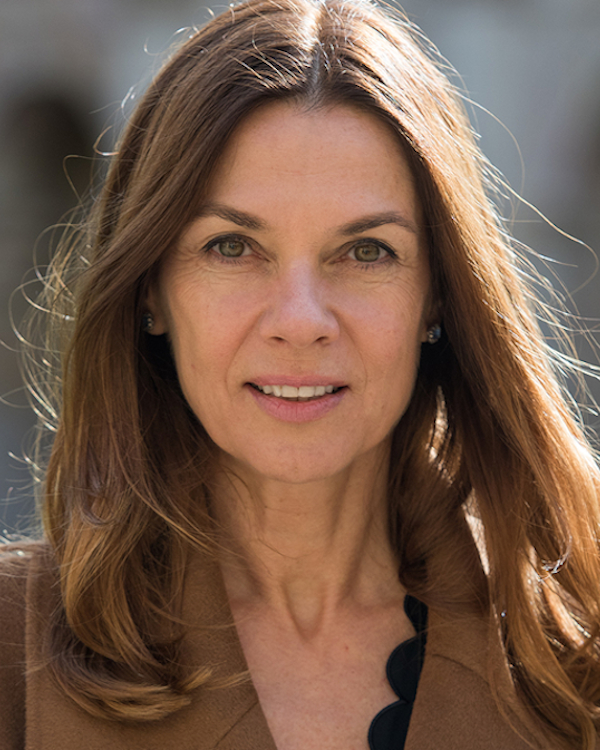
Magdalena Zernicka-Goetz, Ph.D.
California Institute of Technology and University of Cambridge
Project Title: Placental Models to Support Embryogenesis In Vitro
Grant ID: DP1-HD104575
Magdalena Zernicka-Goetz is Bren Professor of Biology and Biological Engineering at the California Institute of Technology in Pasadena, CA and Professor of Development and Stem Cells at the University of Cambridge, UK. She received Ph.D. in Mammalian Embryology from the University of Warsaw with Andrzej Tarkowski and post-doctoral training in Embryonic Stem Cell Biology at the University of Cambridge with Martin Evans and John Gurdon. Her research focused on cell fate specification and revealed when and how the first differences arise between cells in the early mouse embryo. She showed that karyotypically mosaic embryos succeed in development because aneuploid cells are eliminated by apoptosis and autophagy in the embryonic lineage but are tolerated in the extra-embryonic lineages. She established systems to culture mouse and human embryos through and beyond the implantation stages and uncovered the molecular mechanisms of embryo remodelling at the blastocyst-to-gastrula transition. She applied this knowledge to assemble embryo-like structures from embryonic and extra-embryonic stem cells demonstrating the ability of these building blocks to self-organise in vitro.


